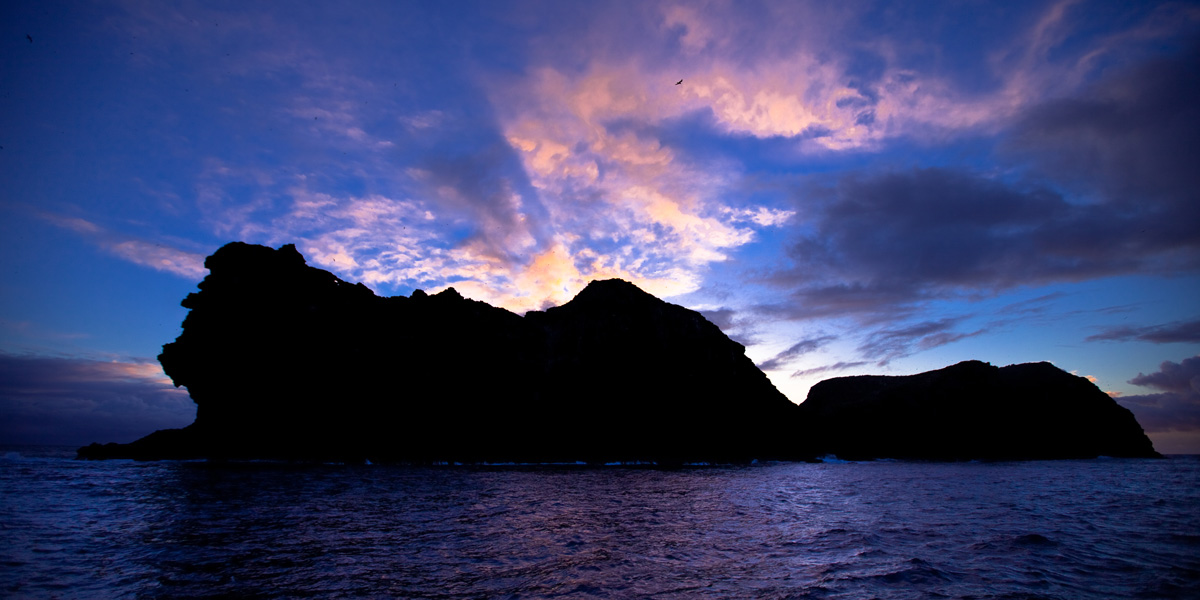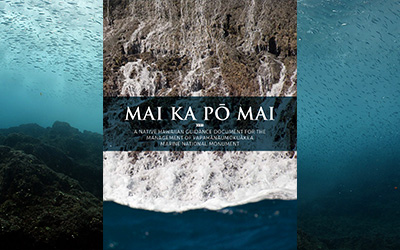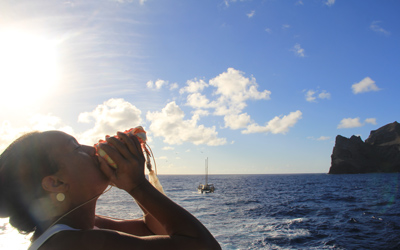Cultural Heritage
Native Hawaiian Cultural Heritage

“As Native Hawaiians, each of us has the ability to tap into a preconscious reservoir of past experiences and to access all that exists in a storehouse of knowledge called ancestral memories. Our lives are filled with opportunities and choices that can either allow or inhibit us from embarking on a path of remembering.” – Kekuewa Kikiloi
Ancestral Native Hawaiians discovered the Hawaiian Archipelago and have continued to inhabit these islands for thousands of years. During this time, Native Hawaiians developed complex resource management systems and a specialized set of skills to survive on these remote islands with limited resources. Native Hawaiians continue to maintain their strong cultural ties to the land and sea and continue to understand the importance of managing the islands and waters as inextricably connected to one another (Beckwith 1951; Lili‘uokalani 1978).
In Hawaiian traditions, the Northwestern Hawaiian Islands are considered a sacred place, a region of primordial darkness from which life springs and spirits return after death (Kikiloi 2006). Much of the information about the Northwestern Hawaiian Islands has been passed down in oral and written histories, genealogies, songs, and cultural resources. Through these sources, Native Hawaiians are able to recount the travels of seafaring ancestors between the Northwestern Hawaiian Islands and the main Hawaiian Islands. Hawaiian language archival resources have played an important role in providing this documentation, through a large body of information published in ʻōlelo Hawaiʻi (Hawaiian language) over a hundred years ago in local newspapers such as those authored by Kaunamano in 1862 in Hōkū o ka Pakipika; Manu in 1899 in Ka Loea Kalai‘āina; and Wise in 1924 in Nūpepa Kūʻoko‘a. More recent ethnological studies (Maly 2003) highlight the continuity of Native Hawaiian traditional practices and histories in the Northwestern Hawaiian Islands. Only a fraction of these have been recorded, and many more exist in the memories and life histories of kūpuna.







